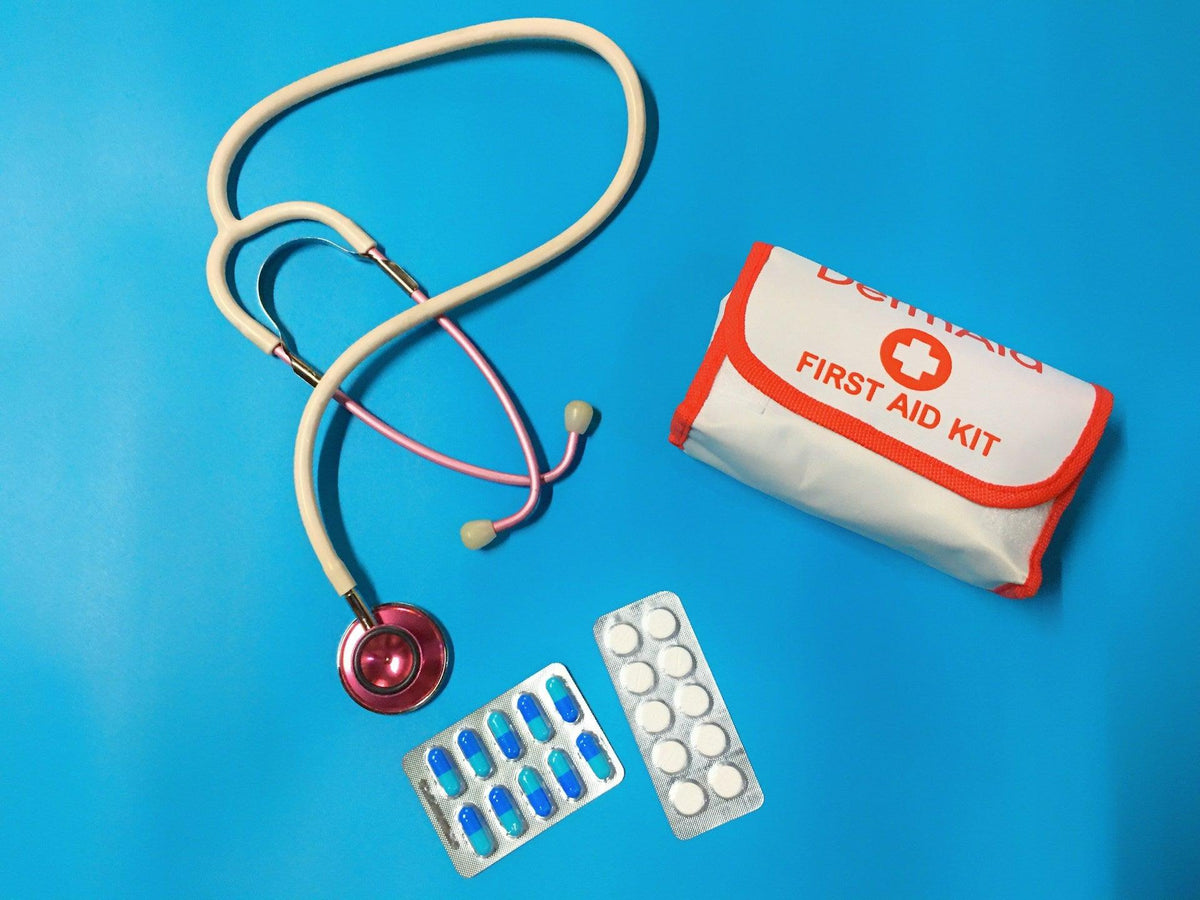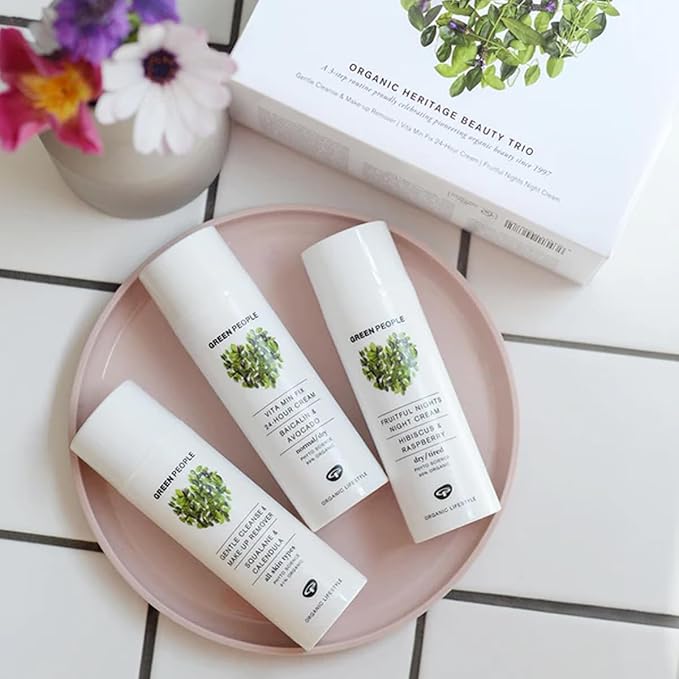Planning an outdoor corporate event offers more than fresh air. It’s a chance to showcase your company’s personality through sustainable choices and thoughtful design. From defining your purpose and choosing an eco-conscious venue to enhancing guest comfort and using creative, low-impact branding, every step shapes the experience. Featuring ethical British suppliers like Gala Tent, this guide from Friendly Turtle EcoBlog shares how to plan an event that aligns with your company values while minimising waste. Whether celebrating milestones or rewarding your team, outdoor events done right can uplift morale, spark genuine connections, and leave a lasting, green impression.
Share your articles with us and get published! Reach out at hello@friendlyturtle.com.
9 Essential Items to Include in Your DIY First Aid Kit Bag

We never know when an emergency might strike. Whether you're at home, on the road, or out in the wild, having a well-stocked first aid kit bag can make all the difference. It's more than just a collection of medical supplies; it's a lifeline.
In this article, we'll walk you through the nine essential items you need to include in your DIY first aid kit bag. These aren't just random picks; they're the tools and supplies that could potentially save a life or provide comfort in a stressful situation.
Keep reading, and let's make sure you're prepared for whatever life throws your way.
1. Bandages and Dressings
Bandages and dressings are the backbone of any first aid kit. You need them to stop the bleeding, protect the wound, and keep infections at bay. Think of them as your first line of defense.
You want a mix of adhesive bandages for those minor cuts, gauze pads for the bigger messes, and rolled gauze to wrap up the nastier injuries. These are your first aid essentials, the real deal when it comes to medical supplies and wound care.
2. Antiseptics and Wound Cleaners
You got the cuts and scrapes, now you need to clean them up. Antiseptics are your best friends here. Stock up on alcohol wipes, saline solution, and a good antiseptic ointment. Remember, though, alcohol wipes are too harsh for open wounds and can cause further damage and pain.
Wound cleaners stop infections before they start, making sure your wounds don't turn into bigger problems. It's all about emergency preparedness. Keep these medical supplies in your kit and you're ready for whatever mess life throws your way.
3. Medical Tape and Scissors
Medical tape and scissors are essentials in your first aid kit. You'll need medical tape to secure dressings, splint broken bones, or improvise when the situation demands.
And let's be clear, you need solid, reliable scissors, not those flimsy ones from the junk drawer. Get a pair that can cut through gauze, tape, and even clothing if needed. These medical supplies are the tools that help you keep things together, literally and figuratively.
4. Pain Relief Medications
When pain strikes, you need relief fast. Over-the-counter pain relievers like ibuprofen and acetaminophen can be lifesavers. They help take the edge off injuries, headaches, and fevers, making any situation a bit more bearable.
These first aid essentials are crucial for immediate pain management. Having a variety in your kit means you're ready to provide quick relief, keeping things under control until professional help steps in. Don't overlook the importance of these medications; they're a simple yet effective way to ensure comfort and stability in an emergency.
Keep your kit well-stocked with these vital supplies.
5. Tweezers and Safety Pins
Tweezers and safety pins might seem small, but they pack a punch in a DIY kit. Tweezers are perfect for removing splinters, ticks, or any tiny debris stuck in a wound.
Safety pins? They're your go-to for securing bandages, making slings, or even as an emergency zipper fix. These tools add versatility to your emergency kit, ensuring you can handle the unexpected with a steady hand and a cool head.
6. Instant Cold Packs
Instant cold packs are a godsend for injuries. Twist, shake, and you've got an ice pack ready to go. They're perfect for reducing swelling, numbing pain, and calming bruises or sprains. The convenience of having cold therapy on-demand can't be overstated.
These first aid essentials are easy to use and don't need refrigeration, making them ideal for any situation, whether you're at home or on the move. Keep a few in your kit, and you'll be ready to tackle injuries with a cool head and an even cooler pack, ensuring you're always prepared for the unexpected.
7. Gloves and Masks
Gloves and masks are essential for hygiene and safety in any first aid scenario. When dealing with blood, bodily fluids, or contaminants, they protect both you and the injured person from infections.
Opt for nitrile gloves as they're durable, latex-free, and offer excellent protection. For masks, N95 or surgical masks are recommended to shield against airborne pathogens. These medical supplies are crucial for emergency preparedness, ensuring a sterile environment and everyone's safety.
Keep your kit stocked with these essentials to handle emergencies with care and confidence.
8. CPR Mask or Shield
A CPR mask or shield is a critical addition to your emergency kit. In a cardiac emergency, giving mouth-to-mouth can be risky, but a CPR mask or shield creates a barrier, protecting both you and the victim.
These tools ensure that rescue breaths are delivered effectively and safely, increasing the chances of saving a life. Compact and easy to use, they fit seamlessly into any emergency kit. Don't overlook this lifesaving tool; having a CPR mask or shield on hand means you're prepared to act swiftly and safely in a crisis.
9. Emergency Blanket
An emergency blanket is a versatile and vital part of any first aid kit. Made from lightweight, reflective material, it helps retain body heat, preventing hypothermia in shock or exposure situations. It's not just for keeping warm; you can use it to create a makeshift shelter, signal for help, or even as a ground cover.
Injured individuals often lose body heat rapidly, and an emergency blanket can be a lifesaver by stabilizing their temperature until help arrives. This simple yet effective tool is crucial for emergency preparedness, ensuring you're ready to provide essential warmth and protection in various first aid scenarios.
Your First Aid Kit Bag Essentials
A first aid kit bag isn't just handy; it's necessary. With these 9 essential items, you're ready for anything. From cuts to serious injuries, you're covered. Keep your kit stocked and within reach.
Your safety matters. Having the right tools can make all the difference. Don't wait for an emergency to realize you're unprepared. Check your kit today and make sure it has these must-haves.
Want more tips on staying safe and healthy? Visit our blog for articles on health, personal care, and eco-friendly living. Stay informed and stay safe.
0 comments
Let customers speak for us
Blog posts
For those who cherish slow evenings and cosy routines, eco-friendly gift ideas offer a thoughtful way to support relaxation while protecting the planet. In this Friendly Turtle EcoBlog feature, we explore sustainable presents for homebodies from organic cotton throws and bamboo pyjamas to soy candles, natural fibre slippers, recycled glass mugs, and reusable heat packs. Each item has been chosen for comfort, durability, and low environmental impact, helping to reduce waste while enhancing everyday rituals. Whether you're gifting someone who loves nesting or simply enjoys meaningful downtime, these sustainable picks show that staying in can be just as joyful and far more conscious. Celebrate their cosy moments with gifts that reflect care, intention, and eco values.
Refreshing your home doesn’t have to come with a heavy environmental or financial cost. At Friendly Turtle EcoBlog, we love highlighting brands that help people decorate more sustainably & Decorating Centre Online is one of the UK’s most budget-friendly, waste-reducing options. With colour-matching services, reusable tools, multi-buy paint deals and expert guidance, it allows homeowners to refresh spaces without overspending or overconsuming. This excerpt explores smart ways to save money while choosing eco-conscious decor, from making the most of sale seasons to reducing waste through testers, bundles and long-lasting equipment. With the right approach, decorating becomes both affordable and sustainable, helping you create a beautiful home with a lighter footprint.



